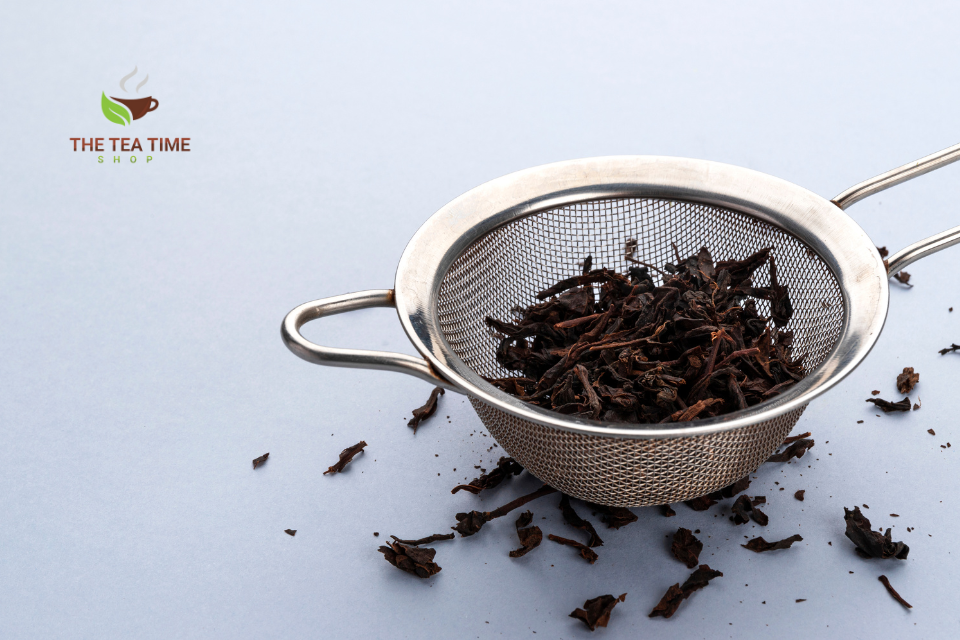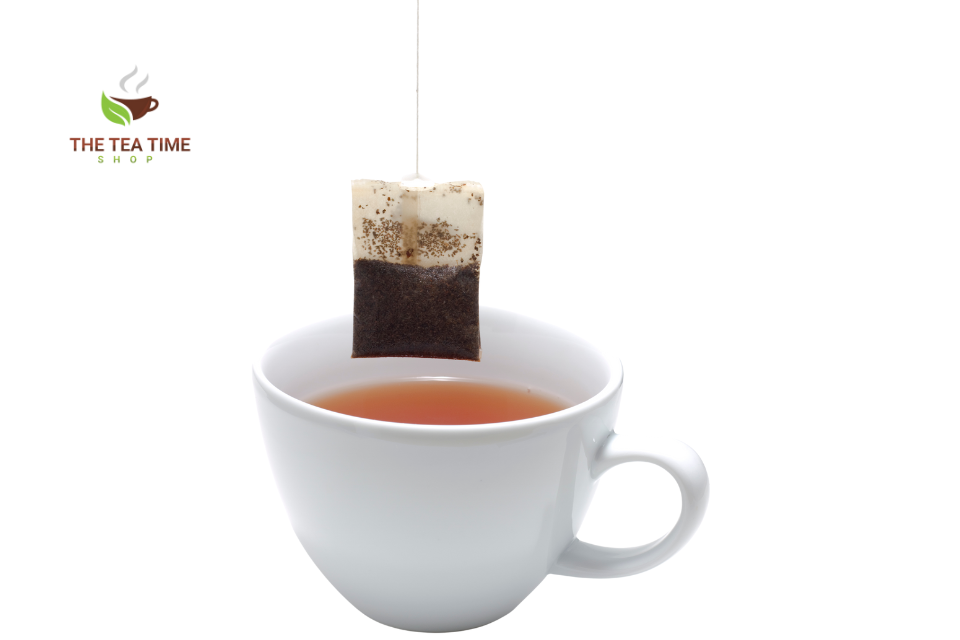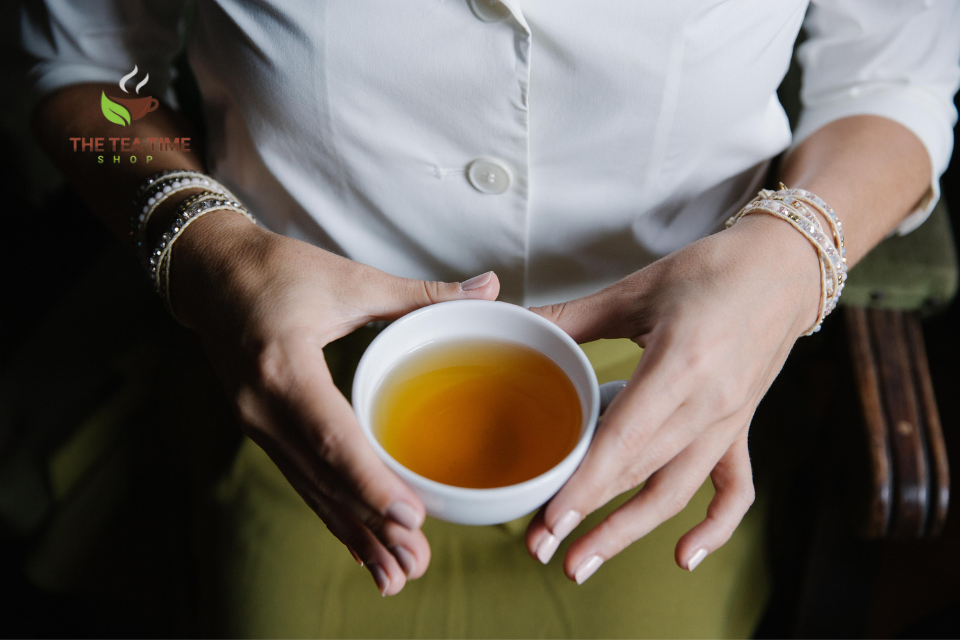Tea has been cherished for centuries, not only for its delightful flavors but also for its cultural significance and health benefits. While many factors contribute to the overall quality of tea, one of the most crucial aspects is its grade. The grade of tea leaves plays a significant role in determining their flavor, aroma, and appearance. In this blog, we will delve into the fascinating world of tea grades, exploring what each grade means and how it impacts your tea-drinking experience.
Understanding Tea Grades
Tea grading is a systematic way of categorizing tea leaves based on various factors, including leaf size, appearance, and quality. Different countries and regions have their grading systems, but some common elements can be found across the tea-producing world. Let's explore the key grades of tea leaves:
Whole Leaf Tea (Grade AA, A, or SFTGFOP). Whole leaf teas are considered the highest grade and are known for their large, intact leaves.

- Grade AA, A, or SFTGFOP (Special Finest Tippy Golden Flowery Orange Pekoe) represents top-quality whole leaf teas with a high proportion of tips, which are the young, tender leaves at the tea's tip.
- Broken Leaf Tea (BOP, BOPF). Broken leaf teas contain leaves that are smaller and more fragmented than whole leaf teas. BOP (Broken Orange Pekoe) and BOPF (Broken Orange Pekoe Fannings) are common grades, where "fannings" are even smaller leaf fragments.

These teas brew quickly and often have a stronger, more robust flavor than whole leaf teas.
- CTC (Crush, Tear, Curl). CTC is a method of processing tea leaves, resulting in small, uniform pellets or granules. CTC teas are often used in tea bags and are known for their strong and brisk flavor, making them ideal for a quick cup of tea.
- Dust. Tea dust consists of fine particles and dust-like fragments. Dust grade is used primarily for tea bags, as it brews quickly and imparts a bold, intense flavor.
- Fannings. Fannings are slightly larger than dust and are also used in tea bags. While they offer a bit more flavor than dust, they are still considered lower in quality compared to whole leaf or broken leaf teas.

Impact on Flavor and Aroma
The grade of tea leaves has a profound influence on the flavor and aroma of the brewed tea. Whole leaf teas are celebrated for their complexity, delicate notes, and subtlety. Broken leaf teas offer a robust and brisk cup, ideal for those who prefer a stronger brew. CTC teas are known for their bold, brisk, and malty flavors, while dust and fannings are prized for their convenience and quick infusion.
Choosing the Right Tea Grade
Selecting the right tea grade largely depends on personal preference. If you savor the intricate nuances and aromas of tea, opt for whole leaf or broken leaf teas. These grades often require more careful brewing and a longer steeping time to bring out their full potential. On the other hand, if you're looking for a quick and strong cup of tea, CTC, dust, or fannings might be your go-to choices.

Understanding tea grades is the key to unlocking a world of diverse tea experiences. Whether you prefer the elegance of whole leaf tea or the boldness of CTC tea, each grade has something unique to offer. The next time you savor a cup of tea, take a moment to appreciate the grade of the leaves that went into your brew, as it plays a significant role in shaping your tea-drinking journey.
Enjoy your time with tea!





